How to water a beautiful orchid so as not to spoil the flower?
If you want to grow exotic plants at home, learn how to properly care for them. Competent reproduction, feeding and the ability to water the orchid on time will allow the hostess to create a small tropical corner in the apartment. There are a lot of species of this flower - if you collect the entire collection, it will not fit in any apartment. Choose the most interesting varieties, with proper care, even a few bushes will give the room an unprecedented charm.
What kind of water does an orchid like?
In its homeland, the orchid drank pure rainwater. If possible, store water for irrigation in inclement weather. In any corner of the earth, pure moisture, devoid of impurities, pours out of clouds, so the composition of rain in central Russia is no different from a tropical downpour. The same can be said about the snow: when it melts, completely clear water forms in the bucket. Naturally, good liquid can only be obtained from a snowdrift in nature, and not from the lumps that the snow blower removes from the sidewalks sprinkled with salt.
If you are using liquid from the water supply, you need to pass it through a filter or soften it with chemicals. Half a teaspoon of oxalic acid for 2.5 liters of water per day will bind all salts, the next day you can drain the top layer of pure moisture, and pour the sediment down the drain.
Important!
Cold liquid can kill the plant, heat it to about 30⁰C.
Orchids love oxygenated water. If you have the right equipment, run the liquid through the aerator. If there is no such device, just pour water several times from one vessel to another, and it will capture air bubbles.
How many times a week to water?
Not a single grower will answer you the question of how often you need to moisturize your orchid. The air humidity, the volume of the pot, and the temperature in the room are also important. The owners must learn to determine when the plant is thirsty. In cool weather, you can determine the degree of thirst of an orchid by observing the condensation on the walls of the pot: when the vessel becomes dry, the flower needs moisture. In hot weather, you will not wait for droplets, so watch the roots of the plant. With sufficient soil moisture, they have a bright green color. Water the flower as soon as the processes begin to brighten.
It is necessary to moisturize the orchid taking into account its life cycles. When the buds begin to fill, the flower needs a lot of moisture. Do not let the soil dry out; water it several times a week during flowering. Pour water under the roots, but do not create a swamp in the pot. In dry air, spray the plant with a spray bottle, but be careful not to spray into the middle of the flower. In the wild, the orchid blooms during the rainy season, so small seeds do not fly far from the mother bush. If you want to collect seed, make sure that small grains are not blown away by the wind.
If you purchased a new flower, put it in a dark place, separate from the rest of the collection. Do not water or feed for about a week so that hidden pests can get out. If the plant is healthy, gradually accustom it to sunlight and watering. After transplanting, the bush is very stressed. Immediately after moving to a new pot, water the plant well, and then leave it in the shade without water for 2 weeks. During this time, the roots adapt to the new soil - and it will be possible to take care of the flower as usual.
In winter, orchids hibernate.They do not need a lot of moisture at this time, but they should not allow the soil to completely dry out either. Watering is necessary depending on the humidity in the room, once every 10-15 days. Leave the flower warm for a while so that excess glass liquid and roots do not freeze - and only then place it on a cool windowsill. This is only a small part of the rules for the frequency of watering an orchid.
There are many more factors that should be considered:
- type and size of the pot;
- the substrate on which the flower grows;
- features of the type and variety;
- plant age.
How to water properly?
Watering your orchid is best in the morning. When moistened from above, drops of water remain on the parts of the plant, especially a lot of liquid collects in the leaf axils. It is undesirable to leave drops at night, and if you watered or doused the plant with a shower in the morning, it will dry out by evening. Don't do this too often. Orchid roots need air, so wait for the soil to dry before moistening it again. The condition of the soil can be checked with a thin wooden stick. Stick it into the substrate, and then see if any wet particles remain on the stick. To control the dryness of the soil, it is sometimes recommended to grow orchids in transparent containers. Through the walls, you can clearly see how moist the soil is at different depths, but there is a risk that in the light, the earthen lump will begin to be covered with moss.
In nature, the flower is accustomed to tropical showers. If you want to create a comfortable life for him at home, douse the orchid with a warm shower. Pests do not settle on clean leaves, they are rarely affected by pathogens - bathing will become not only a hygienic, but also a sanitary procedure. Feeling like in its native environment, the bush will begin to actively grow greenery and release buds.
Bathing a flower is best done according to the following scheme.
- Place the flower containers in the tub.
- If the water in the plumbing is soft, douche them from the shower, the temperature of the liquid should be about 40⁰C. If the water in the pipes is bad, moisten the bushes from a watering can with a specially prepared liquid.
- Leave the pots in the tub for about half an hour to drain excess water.
- Wipe drips off the leaves. If you have Phalaenopsis or Wanda varieties, dry the core so that it does not rot.
Advice
When using a shower, consider the type of orchid. Phalaenopsis loves bathing, and cambria or miltonias it is contraindicated.
Healthy plants can be hydrated by immersion in water. Place the pots in a bowl of liquid for about 15 minutes. When removing containers, hold them in your hands while water flows from the drainage holes, and then place them on the pallet. Flowers grown without soil in nutrient solutions, it is advisable to moisten with a spray bottle. The color of the roots will tell you when to water: a pale color indicates that the plant needs water. Mist the bush until the scions turn green.The easiest option is to water from a watering can. Moisten the flower until water flows out of the drainage holes. Wait a few minutes for the moisture to soak into the soil and repeat the process. After a while, drain the liquid from the trays. If the orchid is grown in a closed system in a pot without drainage holes, it can only be watered from above: from a watering can or shower. Do not allow the liquid to accumulate in the vessel, after moistening, hold the pot upside down, holding the roots so that the flower does not fall out. With this method, watering is required less often, about 2 times a month. If the soil is wet inside and the top layer is dry, spray it with a spray bottle.
Caring for different types of orchids
Watering an orchid has its own characteristics depending on the age and variety of the flower. When you plant babies, an infection can get into the cut on the peduncle with water. Keep them on a dry diet for three days - the children will not die of thirst, and the wound will heal during this time.When the plant takes root, it will need frequent moisture, since small roots do not yet have large reserves of nutrients and liquid. Make sure that the surface of the soil does not dry out.
Miniature species are often grown not in the ground, but in moss. This substrate absorbs a lot of moisture, so the flowers are easy to overflow, which makes them sick. This growing method requires frequent but scant watering. The best option would be to spray from a spray bottle twice a day: morning and evening.
If you are growing a blue orchid, remember that it has its own watering requirements. The need for moisture depends on the illumination of the plant. In bright light, the flower will draw in a lot of water, and in a semi-dark corner it may completely refuse to drink. Look at the ground and do not let it dry out.
How to avoid watering errors?
Orchid is an expensive and very moody flower. Watering errors can lead to his death. When planting, take care that moisture does not get stuck in the bottom of the pot. Many gardeners use gravel or expanded clay to drain indoor plants. In these substances, polytails are often found, spoiling the roots of plants. Pour about 4 cm of crushed polystyrene on the bottom of the vessel, it will take away excess moisture well and will not serve as a home for pests.
Advice
If you overflow the flower and the roots start to rot, remove the plant from the ground and cut off the damaged areas. Sprinkle the wounds with crushed coal and transplant the flower into new soil.
The orchid loves humid air, but the accumulation of water is harmful to it. After showering, blot the leaf axils, the moisture collected there contributes to the development of rot. Spray the flower from a distance of at least 20 cm so that large drops do not form on the leaves. Try to keep the fog from falling on the flowers, because of this they lose their attractiveness. Do not spray plants in direct sunlight: light focused in small droplets can cause burns. In winter, stop spraying altogether to avoid overcooling the leaves.
When moistening the soil by immersion, there is a risk of contamination of the entire collection from one diseased flower. To prevent this from happening, pour a new portion of water into the bowl for each plant. If you notice that the bush has become lethargic, the leaves have turned yellow, pay attention to the quality of the water. The flower does not like dirty, hard or cold liquid. If after using bad water the roots are covered with a bloom of salt, pour the plant with water with the addition of a small amount of lemon juice.
Don't think of orchids as being overly capricious and caring for them a daunting puzzle. Better treat an exotic flower as a guest from a distant country. It is difficult for him to get used to our climate and our food, you do not understand what he wants to ask for. But if you find a common language with a stranger, he will tell you a lot of interesting things, give you souvenirs that will decorate your home. The same is with plants: learn to understand their needs, and the apartment will be filled with unusually beautiful flowers and aromas.
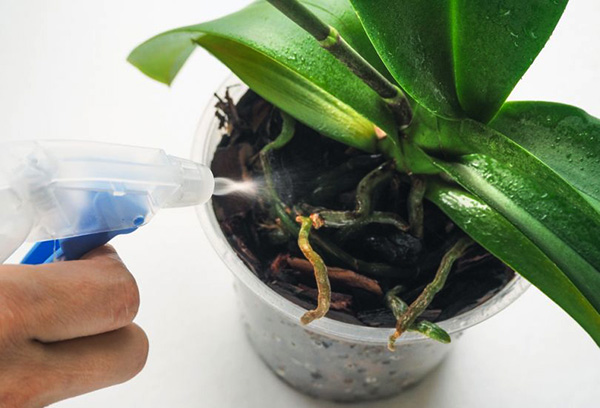
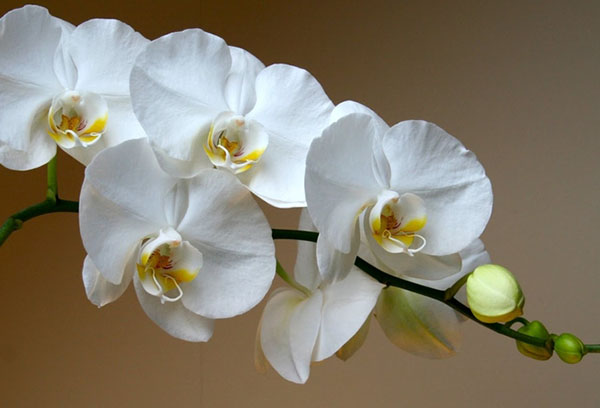
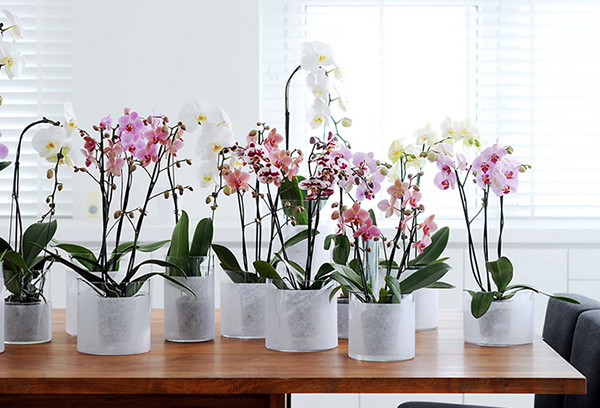
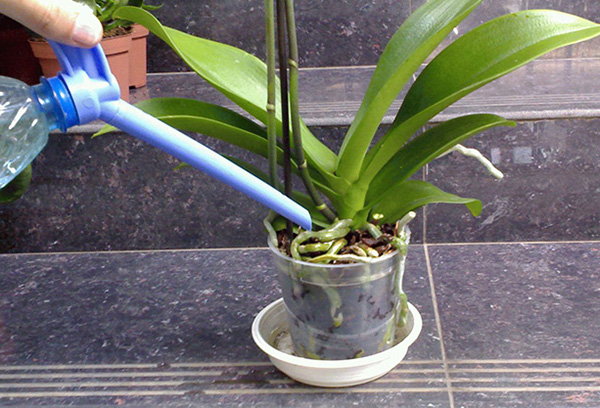
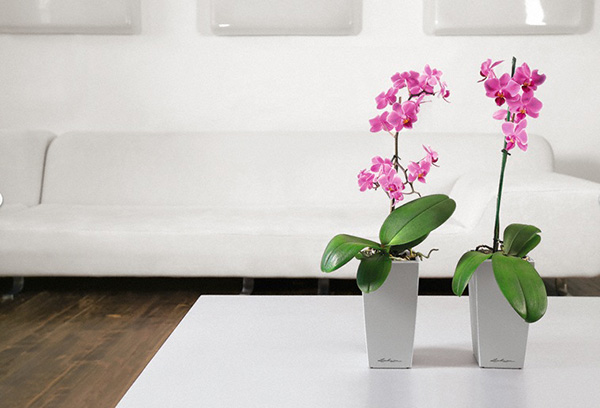
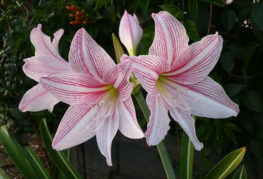
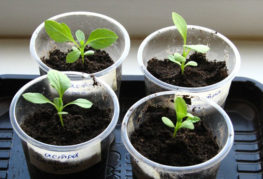
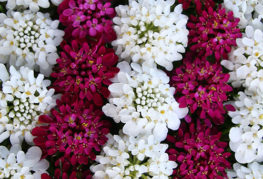
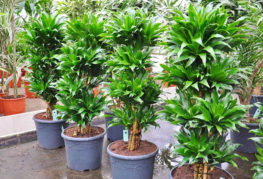
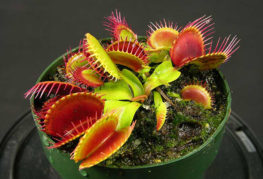
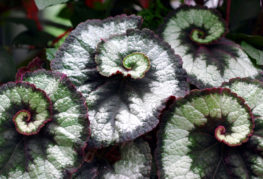
and will be published shortly.